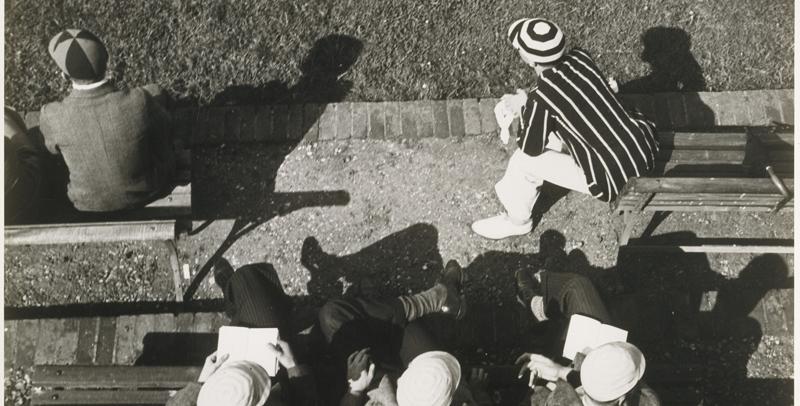László Moholy-Nagy. The Art of Light

László Moholy-Nagy (1895-1946) is one of the most important exponents of Modernism. From November, 4th 2010 till January, 16th 2011, Berlin’s Martin-Gropius-Bau will be mounting an exhibition of his art as represented by over 200 works: paintings, photographs (black-and-white and colour), photograms, collages, films and graphics. The show will focus on the years in which Moholy-Nagy was developing his theory of art as an art of light. This covers the period from 1922 to the end of his life and beyond, in view of the influence he exerted after his death. Of particular significance are the selected photographic works and his activities as a theoretician and practitioner.
All of Moholy-Nagy’s theoretical contributions arose out of his artistic and pedagogical work. In his numerous writings he gradually presented his ideas, thus developing a complete artistic and pedagogical aesthetic. In his 1925 landmark essay Painting, Photography, Film he developed an aesthetic theory of light – light as a matrix of art and art as light. He applied his aesthetic theory of light not only to painting, photography and film, but also to theatrical and commercial design.
From that point on light became the foundation of Moholy-Nagy’s practical and theoretical work. For him art of whatever kind only acquired meaning when it reflected light. Painting was also reinterpreted on the basis of this criterion. Moholy-Nagy described his development as a painter as a shift away from “painting from transparency” to a painting that was free of any representational constraints and created the possibility of painting “not with colours, but with light”. This theory reached its full potential in photography and film. Etymologically, the word “photography” means “writing with light”. The artistic essence of film consists in the portrayal of “inter-related movements as revealed by light projections”. Although he was not in charge of the photography classes in the Bauhaus, it was there that he wrote Painting, Photography, Film, drawing upon his photographic experience. He invented the “photogram”, a purely light-based form of graphic representation, thus demonstrating an ability to create photographic images without a camera at the same time as the “Rayogram” was invented by Man Ray in Paris. He saw photography as a completely autonomous medium whose potential was still to be discovered. He criticized “pictoriality”, propagating an innovative, creative and productive photography. He regarded seriality as one of the main features of the practice of photography and opposed the “aura” of the one-off work in contrast to the infinite multifariousness of the photographic cliché, thus anticipating one of Walter Benjamin’s theses.
4 November 2010 to 16 January 2011
Opening times:
Wed - Mon 10 a.m. – 8 p.m., closed Tue
24 and 31 December 2010 closed, open first Tuesday after Christmas (28 December) and New Year
4 November 2010 to 16 January 2011
Opening times:
Wed - Mon 10 a.m. – 8 p.m., closed Tue
24 and 31 December 2010 closed, open first Tuesday after Christmas (28 December) and New Year
